Wheat – White Flour
CHF 19.70
Area: Grisons
Country: Switzerland
Type: Highlands / Altitude
Refined wheat flour: Carefully milled from high-quality wheat grains grown in the pristine environment of the Grisons.
Smooth and versatile: Perfect for light, airy baked goods, such as pastries and fine bread.
Organic and Non-GMO: Ecologically produced without chemical inputs, preserving local biodiversity.
Unbleached: All our flours are unbleached, preserving their natural color and essential nutrients.
1 lb (16 oz / 454 g)
Description
Origin and Production
Type of Cereal: Modern (Wheat)
Production: This white wheat flour is produced by the Gran Alpin cooperative, located in the Grisons region. Gran Alpin specializes in mountain agriculture that respects both the environment and traditional farming methods.
Location: Grisons, Switzerland
Certification: Organically grown, ensuring sustainable farming and respect for the environment.
Product Characteristics
Unbleached and Refined: This white flour is not bleached, maintaining a natural color and essential nutrients without any chemical whitening.
Versatile Use: Ideal for pastries, light breads, and other baking applications where a fine texture and mild flavor are desired.
Eco-Friendly Production: Cultivated without chemical inputs, this flour supports local biodiversity and is produced in Switzerland’s high-altitude regions.
Nutritional Qualities
Nutritional values per 100g:
Energy: 1470 kJ / 346 kcal
Fat: 1.1 g
Carbohydrates: 71.0 g
Fiber: 3.2 g
Protein: 11.5 g
Allergens: Contains gluten
This white wheat flour is known for its fine, smooth texture, making it exceptionally easy to work with. Its multi-purpose nature makes it ideal for a variety of baking applications, from light, airy pastries to versatile breads and cakes.

AlpinGrain: Our Organic Flours and Grains from the Grisons
In the majestic mountains of the Grisons, within preserved landscapes, a treasure of biodiversity is cultivated: ancient, robust, and authentic cereals. These grains, selected for their resilience and adaptation to mountain agriculture, carry the heritage of a millennia-old agricultural tradition, where knowledge is passed down from generation to generation.
Traditional and Authentic Know-How
The cereals we offer are the result of environmentally friendly farming methods, cultivated in regions where mountain agriculture shapes not only the landscape but also the quality of the products. Unlike modern cereals, often selected for their yield, our grains and flours retain all their nutritional richness, offering superior digestibility and health benefits that have been recognized for centuries.
Mountain Agriculture: A Unique Terroir
The Grisons, with their high altitude and harsh climate, provide a unique setting for cultivating these cereals. Slow maturation under intense sunlight, combined with the pure mountain air, allows the grains to develop an exceptional nutrient content. This agriculture, respectful of biodiversity, also preserves ancient cereal varieties, contributing to a diverse and balanced diet.
Traceability and Local Processing
Traceability is at the heart of our approach: each batch of grain and flour can be traced from the field to your table. The grains are processed locally in traditional mills, where each step is carefully executed to preserve the intrinsic quality of the cereals. The use of stone mills, in particular, helps retain the germ of the grain, ensuring a flour rich in vitamins and minerals while maintaining the integrity of the product.
An Alternative to Modern Cereals
By choosing our flours and grains from the Grisons, you opt for an authentic alternative to modern cereals. Our products, derived from ancient varieties, are naturally more digestible, less allergenic, and offer a rich aromatic palette, ideal for a healthy and varied diet. They reflect an exceptional terroir, where each harvest is a testament to local know-how and product quality.
Additional information
| Weight | 1 lbs |
|---|
You must be logged in to post a review.
Related products
-
- Flours
Whole Rye Flour
- CHF 19.20
- Add to cart
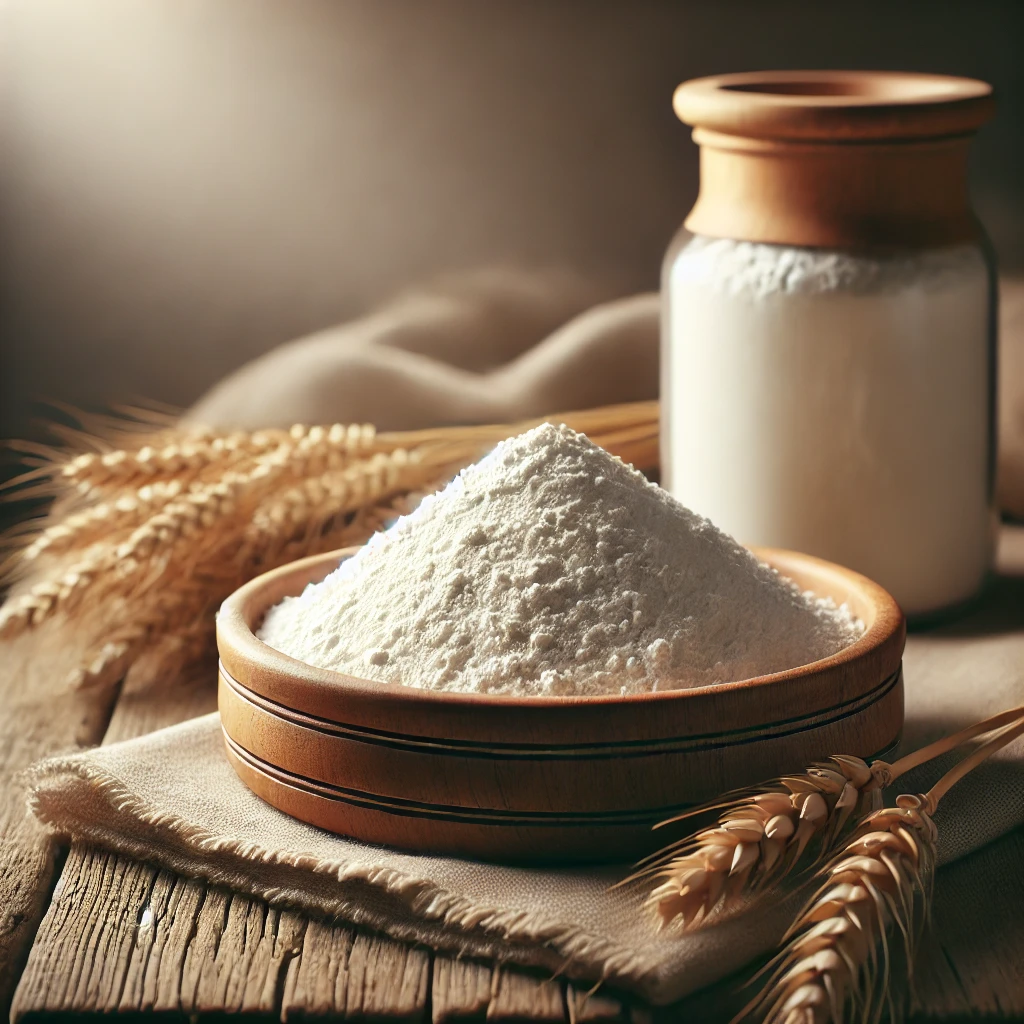
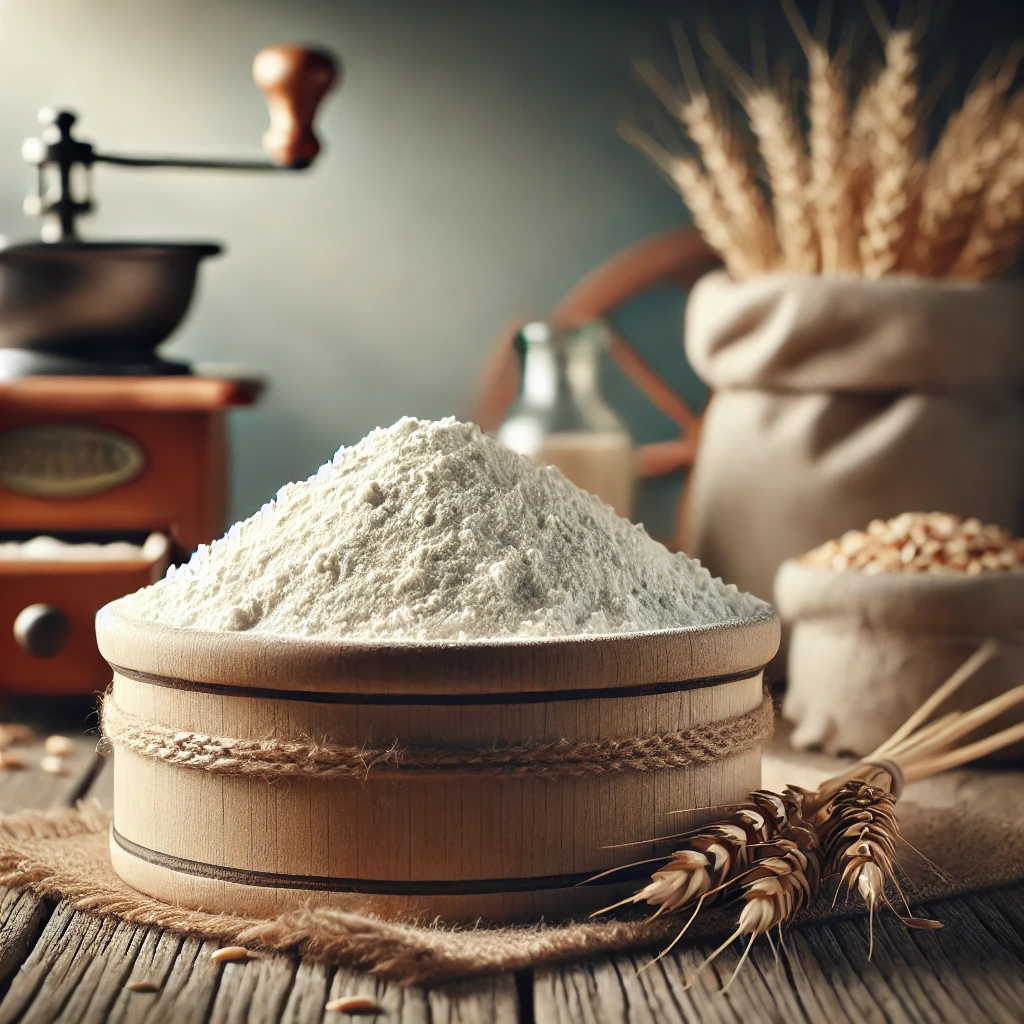
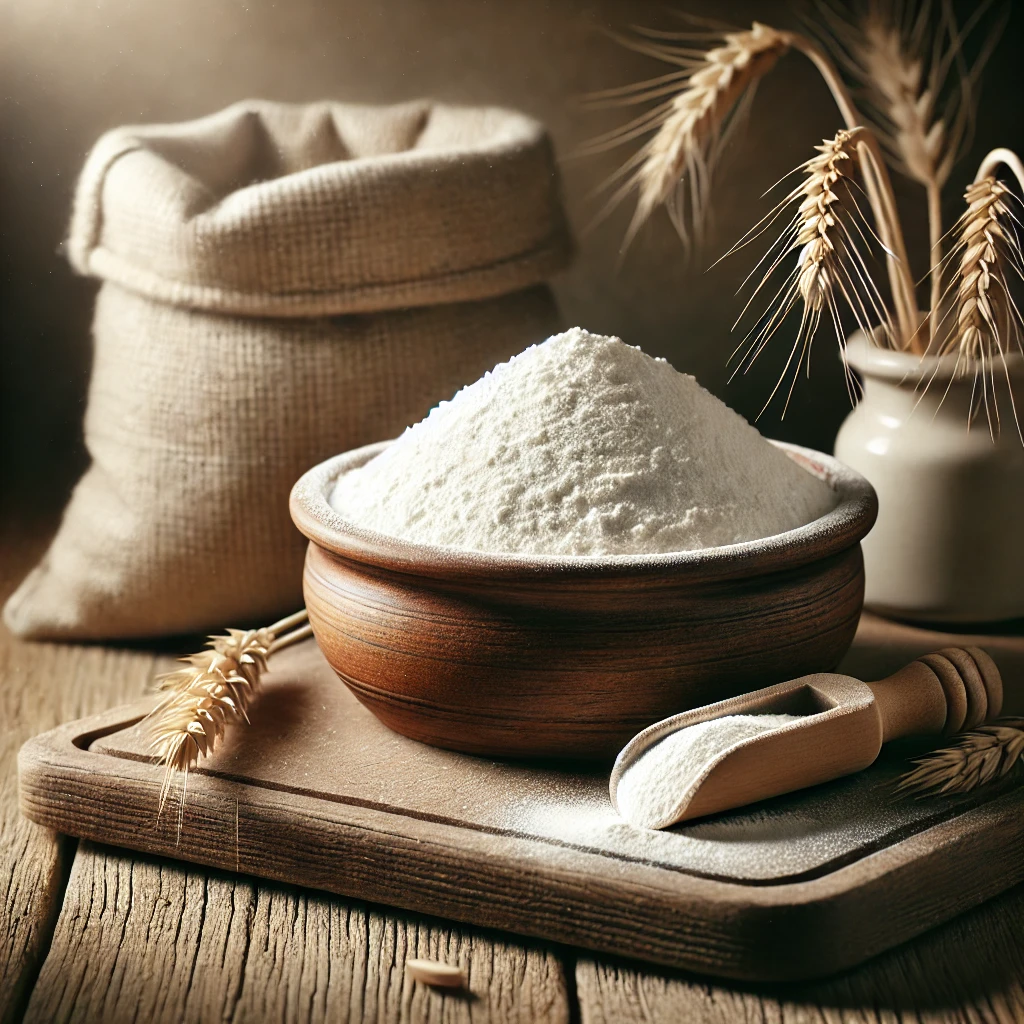
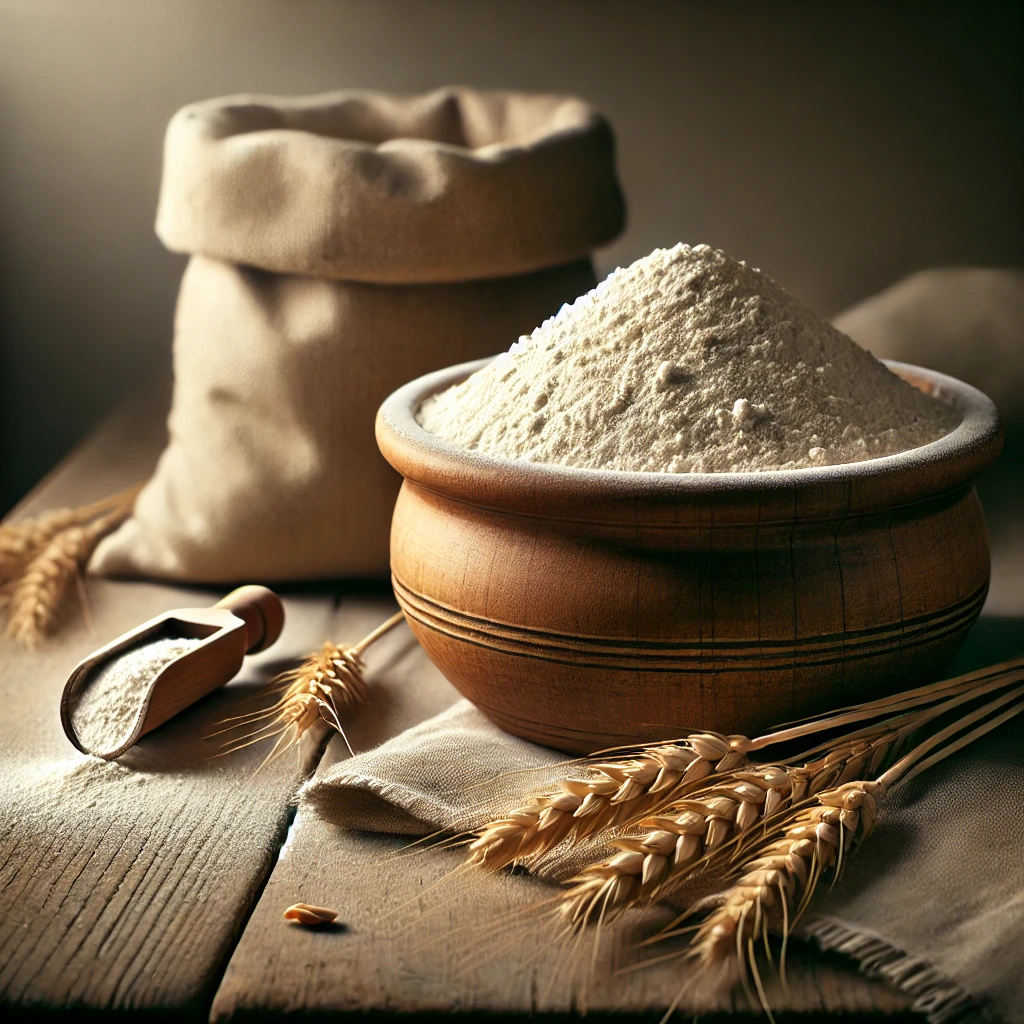

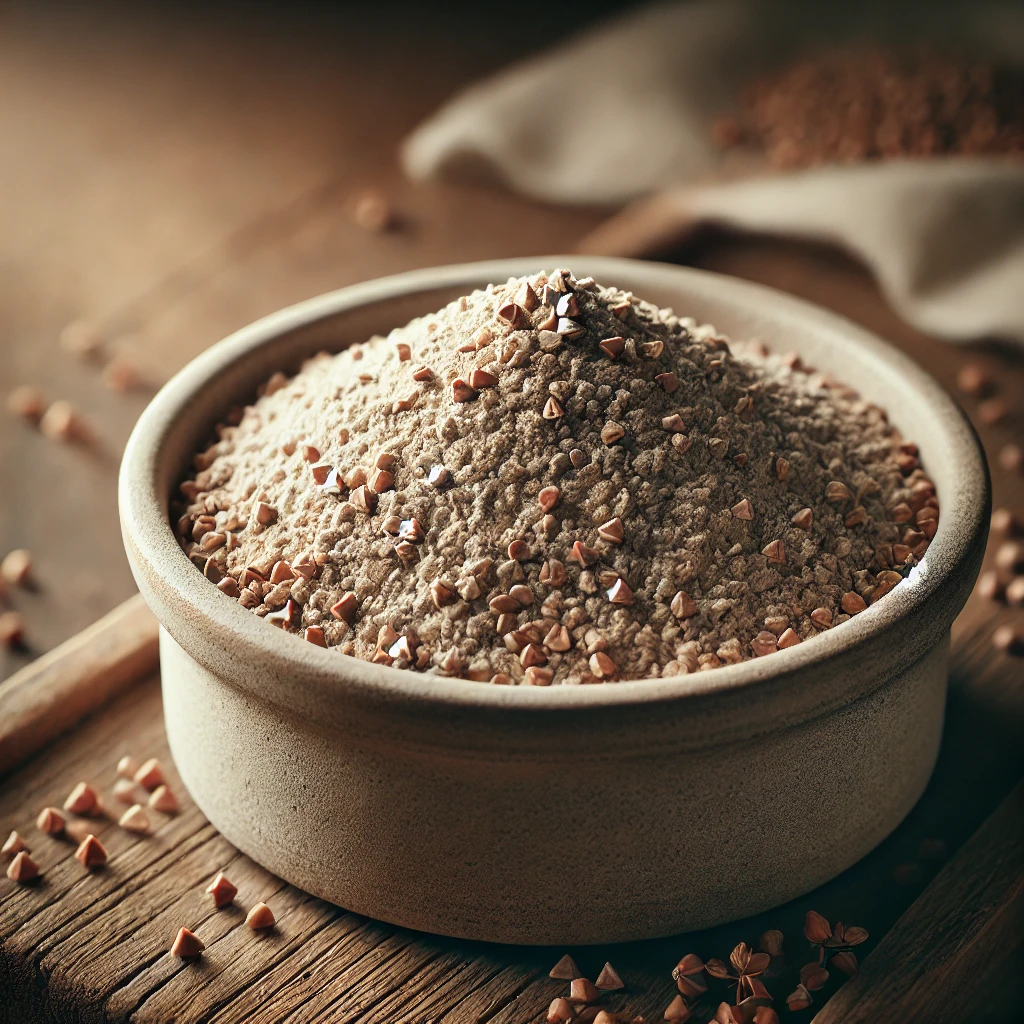
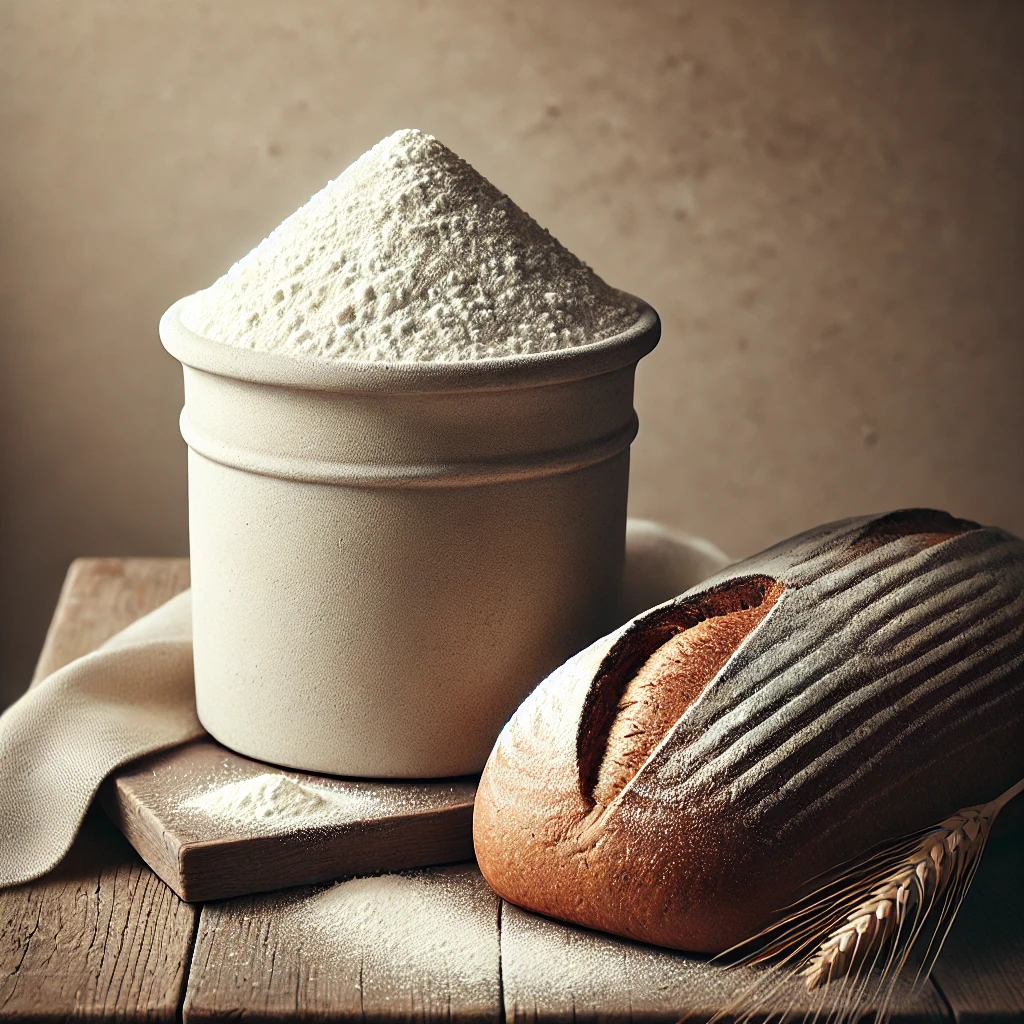



Reviews
There are no reviews yet.